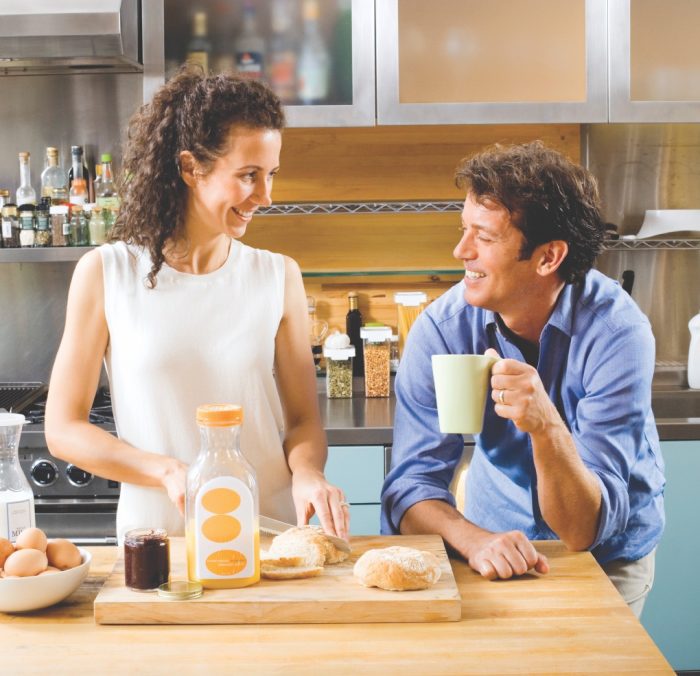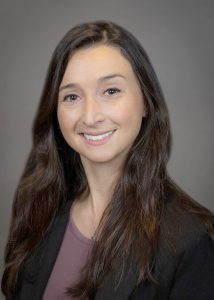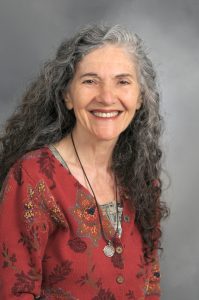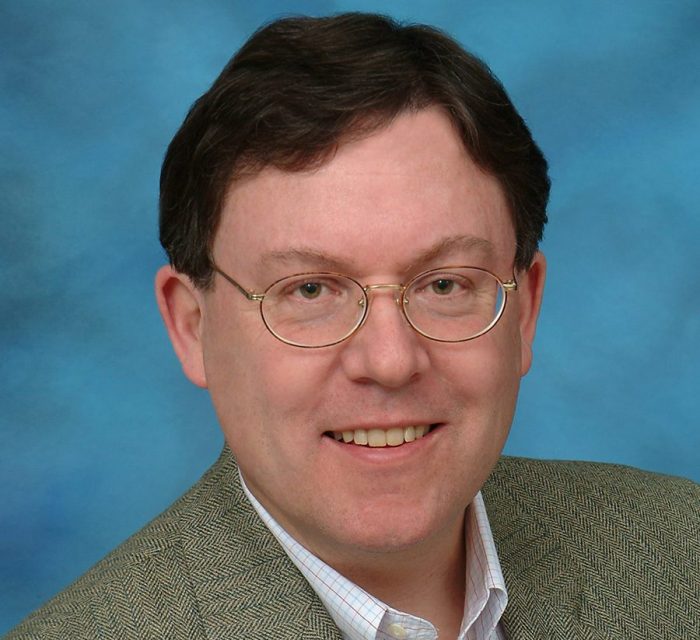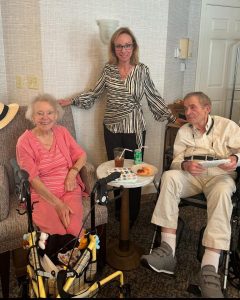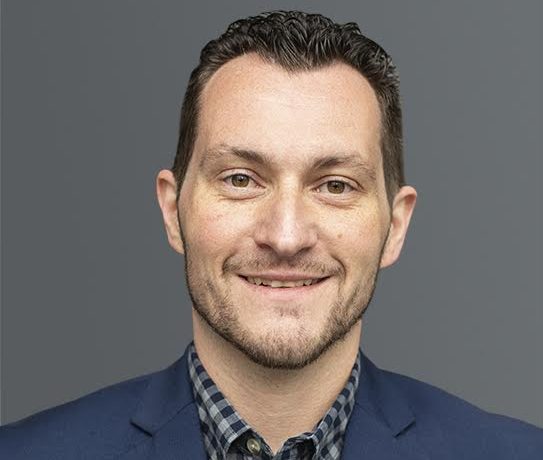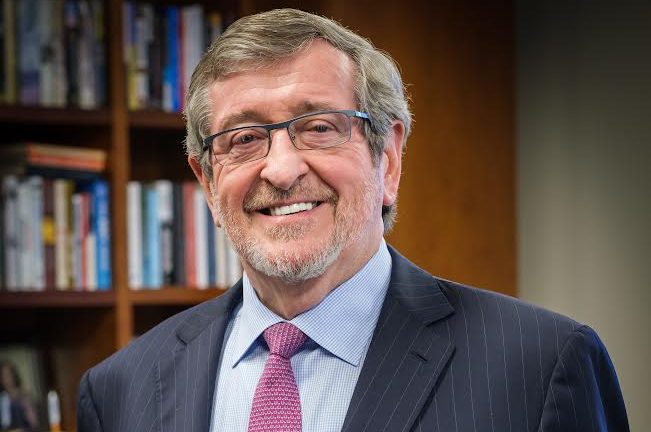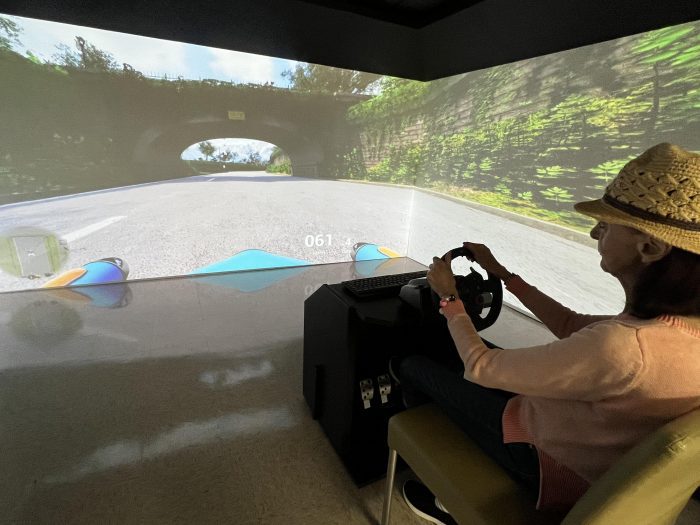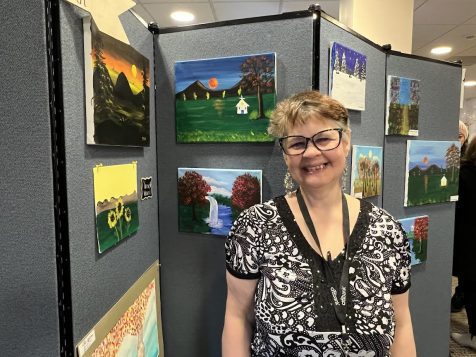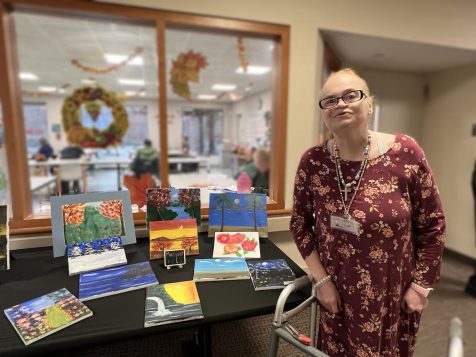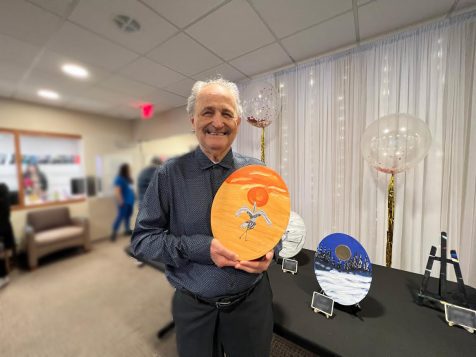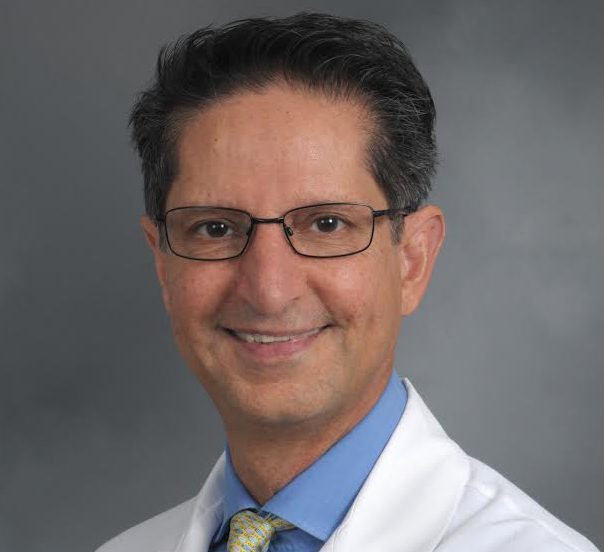By David Dunaief, M.D.

Dear Santa,
I’m sure you have a lot on your mind these days, with an abundance of Christmas requests and only a few remaining days to fill them.
My message is intended as a gift for you, not a request for myself. Your kindness and generosity toward others deserve to be returned. I am concerned about your growing belly, which has been compared to a bowl full of jelly when you laugh. Honestly, your upcoming journey around the world will likely make it worse. The cookies and milk, along with other sweets left for you on Christmas Eve, are only likely to make it worse.
I’m concerned about your health and about the message it sends to kids. We’re currently dealing with an epidemic of overweight kids, which has contributed to the growing number of children with type 2 diabetes. According to the CDC, these numbers only get worse as children age.
You, Santa, can help reverse this trend and stem the increased risks of pancreatic cancer, breast cancer, liver cancer and heart disease that central belly fat promotes. Help children improve health outcomes that will follow them throughout their lives.
This is your opportunity to model the way — and, maybe fit back into that clingy tracksuit you’ve had in the back of your closet since the early 18th century, when you were still trim.
Think of the advantages of losing that extra weight. Your joints won’t ache as much in the cold; your back doesn’t hurt as much; and you will have more energy. Studies show that eating more fruits, vegetables and whole grains can reverse clogged arteries and help you avoid strokes, heart attacks and peripheral vascular disease. Even a simple change, like eating a small handful of raw nuts each day, can reduce your heart disease risk significantly.
Losing weight will also make it easier for you to keep your balance on steep, icy rooftops. No one wants you to take a tumble and break a bone — or worse.
Exercise will help, as well. Maybe this Christmas Eve, you could walk or jog alongside the sleigh for the first continent or two. During the “offseason” you and the elves could train for the North Pole After Christmas 5k. Having a team to train with is much more fun.
If you add some weight training into your routine, you’ll strengthen your core. In addition, your new muscles will help melt away fat from your midsection.
It doesn’t have to be a chore. After all, who doesn’t love a game of tag with the reindeer?
If you really want to make a strong start, take a cue from the reindeer, who love their raw carrots and celery. Broadcast that the modern Santa enjoys fruits, especially berries and veggies, with an emphasis on cruciferous veggies like broccoli florets dipped in humus, which have antioxidant qualities and can help reverse disease.
And, of course, don’t put candy in our stockings. We don’t need more sugar, and I’d guess that, over the long night, it’s hard to resist sneaking a few pieces, yourself. Why not reduce the temptation? This will also eliminate the sugar highs and lows you feel during your all-night expedition.
As for your loyal fans, you could place active games under the tree. You and your elves could create a phone app with free workout videos for those of us who need them; we could join in as you showed us “12 Days of Dance-Offs with Santa.”
Think about giving athletic equipment, such as baseball gloves, soccer balls, and basketballs, instead of video games. Or wearable devices that track step counts and bike routes. Or stuff gift certificates for dance lessons into people’s stockings.
As you become more active, you’ll find that you have more energy all year round, not just on Christmas Eve. If you start soon, Santa, maybe by next year, you’ll be able to park the sleigh farther away and skip to each of the neighborhood chimneys.
The benefits of a healthier Santa will be felt across the world. Your reindeer won’t have to work as hard. You could fit extra presents in your sleigh. And Santa, you will be sending kids and adults the world over the right message about taking control of their health with nutrition and exercise. That’s the best gift you could give!
Wishing you good health in the coming year,
David
P.S. If it’s not too late to ask, I could use a bucket of baseballs and a new glove. I hear the Yankees have an opening for an outfielder, so I need to start practicing.
Dr. David Dunaief is a speaker, author and local lifestyle medicine physician focusing on the integration of medicine, nutrition, fitness and stress management. For further information, visit www.medicalcompassmd.com or consult your personal physician.


